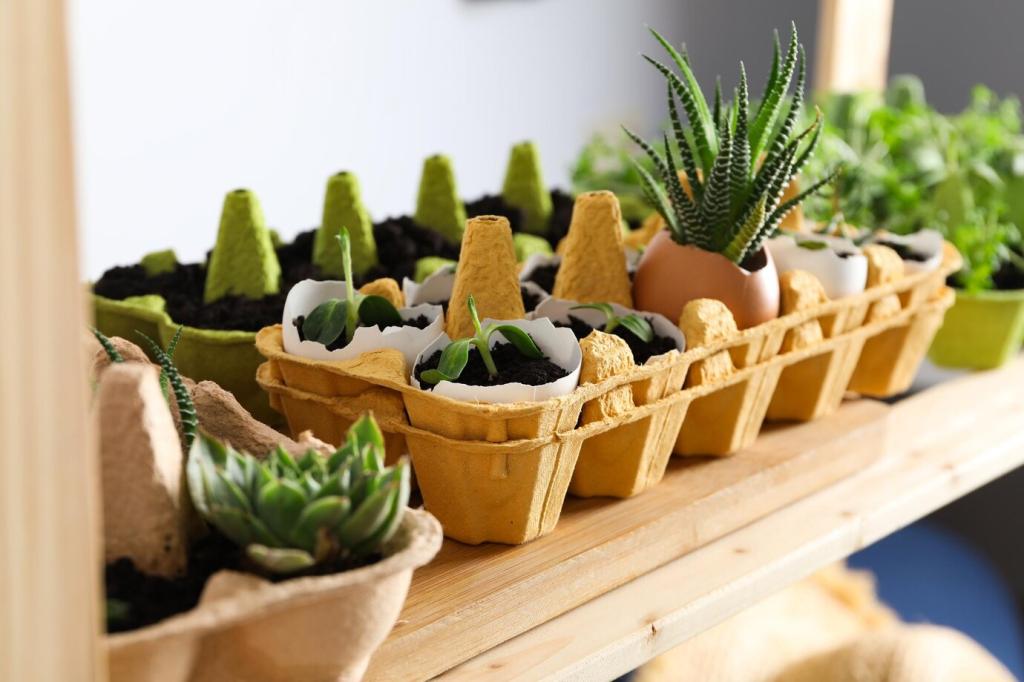Start by Seeing: Observe and Interact
Walk your site with a notebook through different seasons, sketching shadows, puddles, frost pockets, and animal paths. These simple maps reveal where to place beds, trees, and seating. Share your rough sketches and discoveries; your future layout will thank you tenderly.
Start by Seeing: Observe and Interact
Hang ribbons to read wind, lay baking pans to test infiltration, and log temperature differences between corners. Seven calm days of notes can prevent seven years of frustration. Try a one-week observation diary and tell us what surprised you most.






